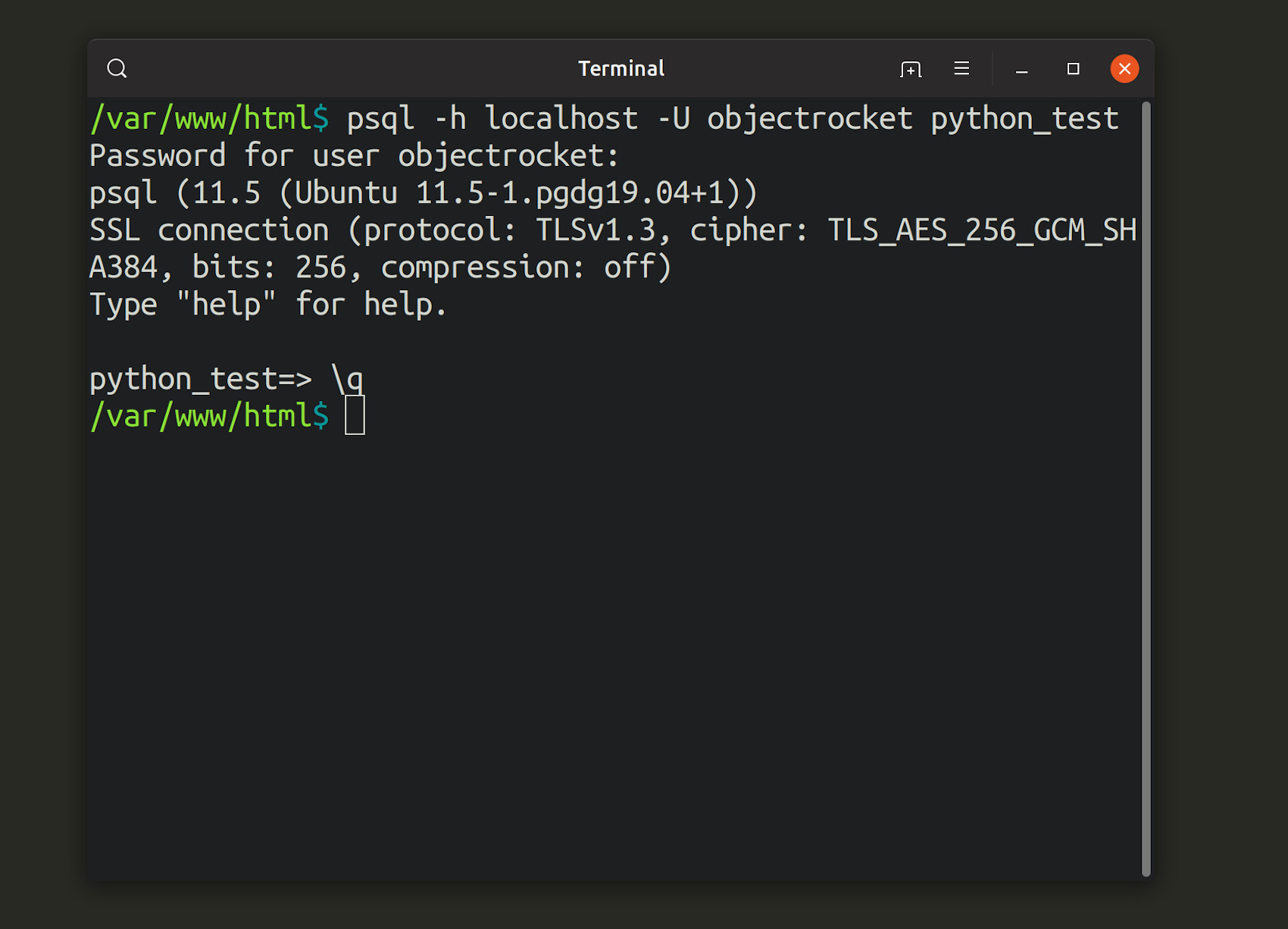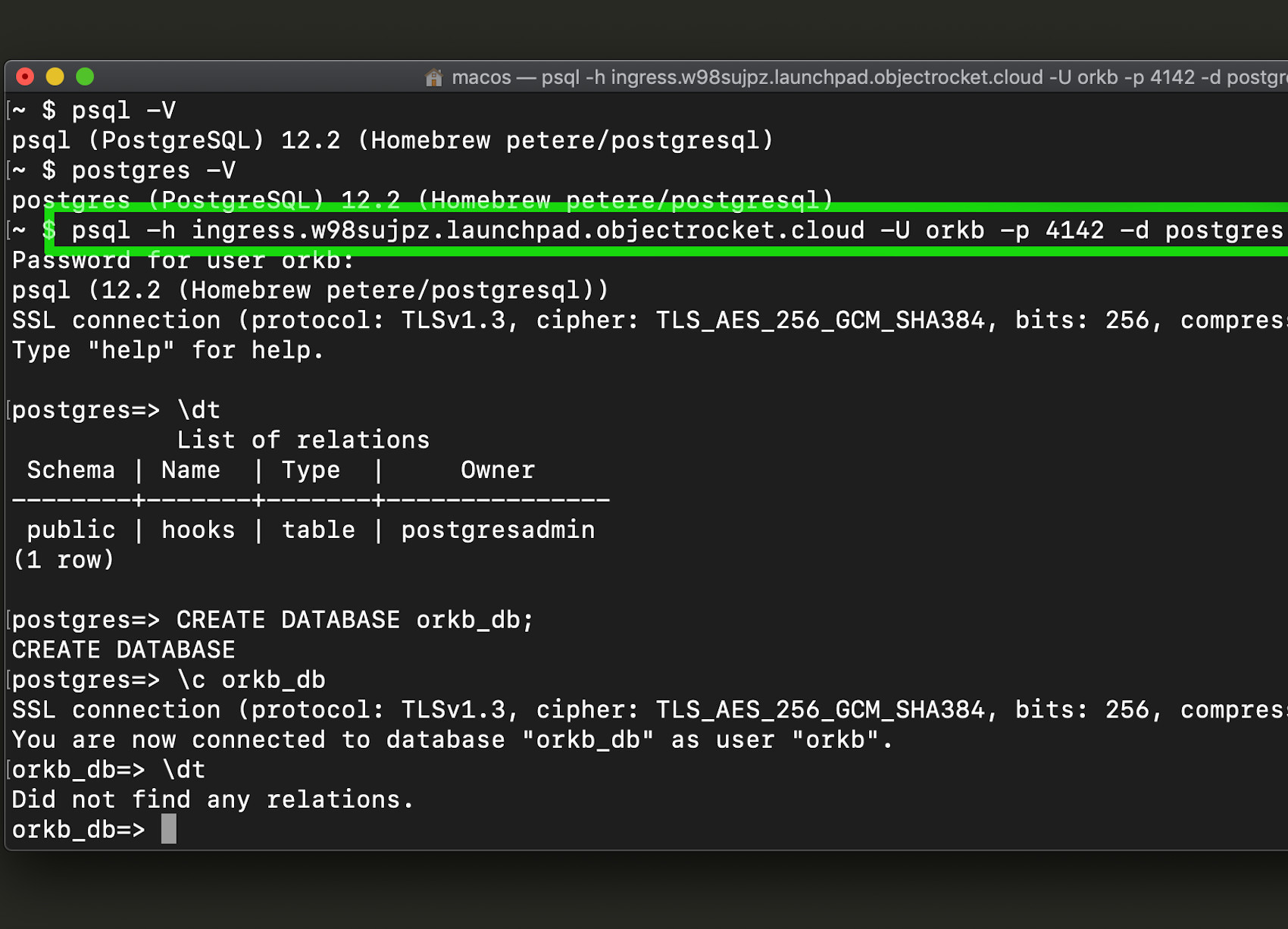

Restore your shared memory settings using this command: sudo rm /etc/nf.

#INSTALL LOCAL POSTGRESQL MAC PASSWORD#
This will open a connection to our default database where we can start cracking out some SQL to our hearts content. Go to System Preferences Users & Groups click the Lock icon and enter the administrator password to unlock settings select the PostgreSQL and click the - icon. We can connect to the our default database with: $ psql -h localhost -d postgres We can connect to our database using the psql client, this is just a simple terminal postgres terminal client. We now have postgres installed and running with a default database initialised. It actually also creates another called template1 but that's a system database you shouldn't touch (unless you know what you're doing). Initdb creates a default database called postgres. These are sane settings for my use (local web app development) but your usage may require some different settings. Run initdb - I'm going to point the data directory (where postgres stores all our data) to /usr/local/var/postgres, I'm also going to set the encoding to utf8.So we'll go ahead and use the initdb tool. The first database is always created by the initdb command when the data storage area is initialized. Some people will tell you to use createdb, this is generally a good way to create a new database but the postgres docs state Startup the postgres service with homebrew.Daemon managers are all great tools, but I'm aiming for simplicity here. Ensure homebrew is installed and up-to-date:Īgain, for this I'll be using homebrew because it simplifies things for us rather than managing systemctl or something similar.Homebrew installations are provided by the official Postgres project so I feel this fits nicely. If you've not used homebrew before, it's a very simple command line package manager for macOS/OSX. I have one requirement aside from the ones mentioned above, and that is the use of homebrew. My hopes is that this provides a clean and simple installation. We step through installing the Postgres App, initializing a user.

#INSTALL LOCAL POSTGRESQL MAC INSTALL#
This is my process for installing and managing a postgres install which follows as closely to the official postgres docs as I can. In this video we look at how easy it is to get a PostgreSQL server running locally on macOS. There are many guides around for installing and running postgres on macOS/OSX, a lot of them are old and almost all of them do something drastically differently.


 0 kommentar(er)
0 kommentar(er)
